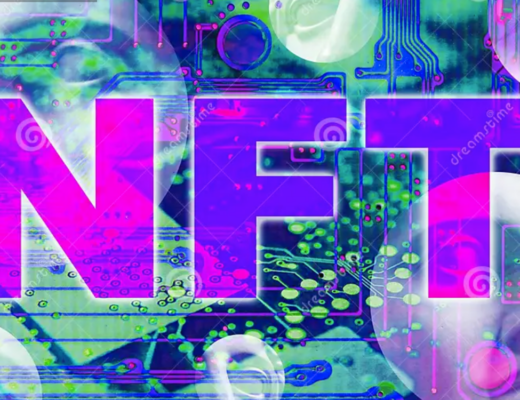For some artists, the only descriptor or genre that comes close to describing their music is the word alternative. As more artists start to find the redundancy in genre constraints, more artists are using the eccentric catch-all genre as an alternative to lumping themselves into a category in which they scarcely fit.
As a genre, it doesn’t give away many indications of the sonic experience of their sound. It simply indicates that it falls away from the mainstream. A lack of mainstream aural tendencies doesn’t always mean that it lacks commercial potential – although the experimental nature of alternative music often means that it is inaccessible to what many consider the mainstream. Take prog-rock tracks that last for 9-minutes compared to the 3-minute perfect pop songs, for example.
Alternative genres include shoegaze, goth-rock, steampunk and no-wave, amongst many others; there will never be a definitive list; however, these genres start to paint a picture of the soundscapes that earn alternative status.
What is the definition of alternative music?
By the most simplistic definition, alternative music deviates from popular trends. As popular trends change, so does alternative music by proxy. Alternative music is also music that has lost its mainstream audience to the decades. It was probably pretty trendy to keep dusting off your Loveless record by My Bloody Valentine in the 90s. In 2021, the shoegazey noise rock masterpiece has fallen into the alternative camp.
The phrase started to become commonplace in America during the 80s; it was a way to describe the acts that offered an alternative to hair metal and pop. After music by the likes of the College Rock Gods, R.E.M. featured relentlessly on college radio stations throughout the 80s, national radio stations and record labels started to catch on and see the value in the alternative music industry. This meant that the rise of indie-rock and alt-rock happened simultaneously.
In America, the alternative music movement started with alt-rock; as a general rule, alt-rock was a derivative of punk or rock. Some of the best examples are Nirvana with their grungy sound and Sonic Youth with their harsh, discordant and endlessly enlivening experimental nature. On the other side of the pond, the punk rock movement in the UK gave way to the alternative music scene in Britain in the 70s.
To date, the most influential alternative artists include Radiohead, Joy Division, Pixies, Smashing Pumpkins, The Cure, Pearl Jam, Jane’s Addiction and The Jesus Mary Chain. And alternative music is so much more than a chapter in music history. There are plenty of upcoming alternative artists making waves with their less than archetypal tonal palettes.
You can take Nadine Shah and her jazzy pop-noir sound, Amanda Palmer and her cabaret punk theatrics, Hands Off Gretel with their infectious grunge-punk cross-over style, Empathy Test with their gothy EBM earworms, and Red Rum Club with their Tarantino-Esque Western vibes for the perfect example.
–
We’re always on the hunt for new artists that are pushing the boundaries with their experimental sound, creating fusion tracks, or simply refusing to follow the rules of convention. Submit alternative music to our award-winning blog that is frequented by label owners, playlist curators, and other major influencers in the alternative music industry.



No Comments